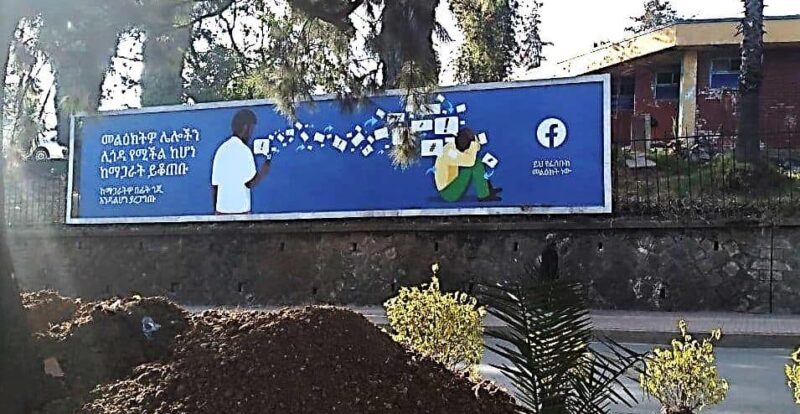Until recently, Ethiopia ranked among the worst countries globally for media freedom. Its leaders were accused of systematic harassment and silencing of opposing voices. However, following reforms started in 2017, the government began to release journalists and bloggers from prison, unblock hundreds of jammed news websites, and facilitate media law reforms.
To gain a better understanding of the media landscape in Ethiopia, Internews conducted an Information Ecosystem Assessment (IEA) in two locations, one rural and one urban: Gambella Region (which also hosts communities of refugees) and Addis Ababa City Administration. A total of 240 respondents participated in the assessment, of which about one-third were women.
The media is opening, but bias persists
The findings of the study indicate that while media has opened up since 2018, there are still major gaps in the areas of access to timely information by the media, infrastructure for mainstream media operations in the regions, technical capacity of media practitioners, and information verification mechanisms.
“Rather than relying on evidence-based practice in covering conflicts, we tend to resort to siding with whatever we relate to in our ethnic or religious backgrounds,” says a media practitioner in Addis Ababa, Ethiopia. “We have seen such bias both in the work we produce, and in the thought processes of reporters’ assessments of information and sourcing. It’s akin to a cancer in the profession that we worry about for the future.”
More than 80% of the participants in the assessment stated that they do not feel they are receiving adequate information, and almost all respondents agreed that information that comes from the government is often outdated and incomplete, opening the gap for mis- and disinformation.
“It is basically the same story told the same way by different people on different channels,” said one of the key respondents.
“There are no efforts to follow up and debunk false information because it is a resource-intensive task,” added another respondent, emphasizing that fact-checking is time consuming for newsrooms that are understaffed.
The assessment also examines information flows and the practices of media consumption and recommends creative solutions for media on where and how to focus their programing and intervention.
Although mobile data is fairly expensive in Ethiopia, social media is popular: more than 60% of mobile phone respondents in Gambella and 80% of the respondents in Addis Ababa use social media as their primary source of information.
In Gambella, however, radio broadcasts over loudspeakers reach 72% of respondents. Radio’s dominance is due at least in part to the lack of adequate electrical infrastructure, lower economic status, lower literacy level, and language barriers faced by those in the region, coupled with a lack of other targeted content for the region.
In addition to the above findings, the IEA provides a comprehensive set of data on the Ethiopia media landscape that will help media outlets and journalists provide the trusted information that communities need.
Read the full Ethiopia Information Ecosystem Assessment.
In Ethiopia, Internews, with funding from USAID, works with journalists and media outlets to strengthen their reporting and fact-checking skills and to improve inclusivity.
